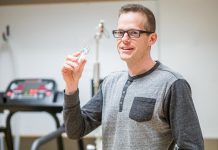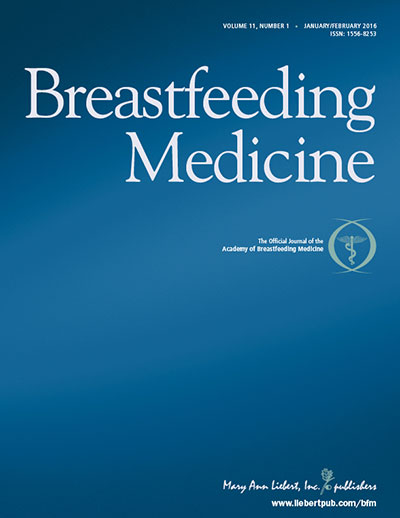November 2003 - A Salk Institute study has identified the first molecular steps that can lead to adult diabetes. The study, published in the Nov. 13 issue of Nature, for the first time identifies the molecular switches that decide whether the liver stores or burns fat. Knowledge of these switches may provide a new avenue for treating adult-onset diabetes.
Dr. Marc Montminy, professor in the Clayton Foundation Laboratories, and his team discovered the chemical relay that controls whether the body burns sugars or fats for energy. Too much fat released from storage into the bloodstream for burning impedes insulin's ability to promote the uptake of glucose by muscles and other body organs, resulting in insulin resistance and, eventually, diabetes.
While scientists have known how this chemical relay can, in diabetes, provoke the liver to produce too much sugar, they did not know how the body simultaneously produced high levels of fat in the blood. The body tends to then burn fat rather than sugar, making it harder for insulin to deliver sugar to cells. In addition, fats can directly impede insulin uptake by mechanisms that remain unknown.
"Insulin resistance is a predictor of diabetes; like a battery-powered remote control, insulin's ability to process sugars can wear down with repeated use. Eventually, it becomes progressively difficult for insulin to get sugar into muscle and other cells and meet those cells' energy needs," Montminy said. "This study identifies the chemical relays that lead to this state of insulin resistance, which may help us design better treatments for diabetes."
Montminy studied the effects of fasting in mice, which triggers the same hormonal and metabolic responses in the body as human diabetes: increased sugar production and fat burning in the liver. Under fasting conditions, fats, in the form of free fatty acids, enter the blood and end up in the liver, where they can either be stored or burned for energy.
Continue Reading Below ↓↓↓
Montminy's team has discovered that a molecule called CREB regulates fat burning and fat storage in the liver, as well as sugar release. , Short for cAMP Response Element Binding protein, CREB blocks the production of a switch protein, called PPAR-gamma, which normally promotes fat storage. By shutting off the PPAR-gamma switch, CREB insures that the free fatty acids are burned, not stored, during fasting. CREB may then contribute to insulin resistance by promoting the accumulation of free fatty acids in the blood, which are then burned for energy.
"Adult diabetes results from an inability of insulin to function in different tissues, due in part to an excess of free fatty acids in the blood," said Montminy. "Our results suggest that CREB contributes to the development of adult diabetes by promoting the build-up of blood-borne free fatty acids."
Montminy and his team suggest that a chemical that could inhibit the actions of CREB under diabetic conditions might lead to drugs that provide a more effective diabetes therapy. These chemicals could possibly be used in combination with a group of drugs called TZD's (thiazoladine diones), now used to make the body more sensitive to insulin.
Currently, diabetes affects about three percent of the American population, and is expected to afflict about nine percent of Americans � many of them children -- by 2025. About 90 percent of all diabetes sufferers have the adult-onset form of the disorder. The remaining 10 percent have juvenile diabetes, which has a powerful genetic component and may arise from different cellular processes. Diabetes is the fifth-deadliest disease in the United States and has no long-term cure.
The Salk Institute for Biological Studies, located in La Jolla, Calif., is an independent nonprofit organization dedicated to fundamental discoveries in the life sciences, the improvement of human health and conditions, and the training of future generations of researchers. Jonas Salk, M.D., founded the institute in 1960 with a gift of land from the City of San Diego and the financial support of the March of Dimes Birth Defects Foundation.
Source: Salk Institute











